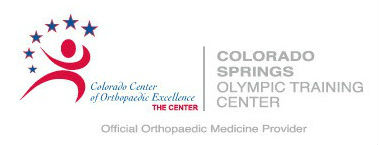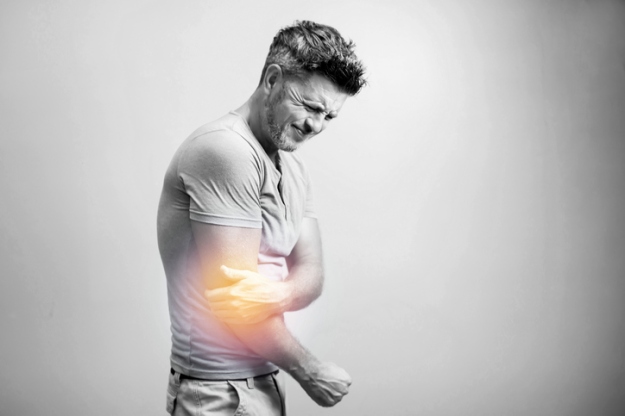Back pain is something all of us will face at some point in our lives. The level of pain can come on suddenly, or it can get so bad that it affects your ability to carry out daily activities. When lower back pain strikes, it is important to remain active and to seek medical attention if you don’t notice any improvement after a couple of weeks or if your mobility is significantly affected.
In many cases, lower back pain usually gets better with conservative treatments, but for those who have chronic pain, treatment can be a long and frustrating process. Whatever level of pain you have, there are several steps for reducing lower back pain and getting on with your daily life pain-free.
Reasons for Lower Back Pain
Our modern lifestyles can put a severe strain on our bodies, and there are many reasons why we may suffer from lower back pain at some point.
- Poor posture: sitting at a desk or in front of the television for long periods of time
- Being overweight: not exercising and eating a diet rich in fat and sugar
- Stress: can create tension in the muscles of the back
- Medical conditions: slipped disks due to wear and tear
- Strains: it is possible to injure your back while playing sports
Stay Active

The worst thing you can do for your back is to remain inactive when you have back pain. Walking is a good thing to do regardless of your overall level of fitness, as it is a low-impact activity that helps to get your back muscles working.
Other activities that are great for strengthening your back muscles and improving mobility include yoga, swimming, and Pilates.
Help Yourself at Home
Try to stay active at home and avoid long periods sitting on the sofa or at the computer desk. Try to move and take a walk about every thirty minutes or so.
If you are in pain, try using hot and cold compresses to relieve your aching muscles and improve the blood flow to the area. You can also take anti-inflammatory medicines to help as well, but remember to keep active!
Get Some Help
When your lower back pain starts to affect your daily life, then it is time to get some support. There are many different treatments out there that can target the affected area, and many of them complement each other.
Acupuncture, osteopathy, and physiotherapy all help to reduce lower back pain and improve overall mobility. If your pain is sports-related, a sports massage therapist will be able to assist you.
For people working in a high-pressure work environment or who are stressed out at home may benefit from cognitive behavioral therapy (CBT), which helps to reduce stress and anxiety, both of which are major causes of lower back pain.
Treat Yourself
If your lower back pain is due to stress, treat yourself to a day at the spa or a massage. This approach will help you relax your aching muscles and spine and reduce the tension in your body.

